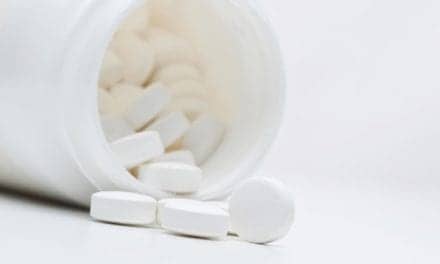According to a recent study published in the February issue of Annals of Allergy, a mother’s infections and bacterial exposure during pregnancy affects the in utero environment, which increases a baby’s risk of developing allergies and childhood asthma.
“In addition, these same children [who] had early exposure to allergens, such as house dust and pet dander, had increased odds of becoming sensitized by age five,” said allergist Mitch Grayson, MD, Annals deputy editor and fellow of the American College of Allergy, Asthma and Immunology (ACAAI). “When dust mites from the mother and child’s mattresses were examined, children with high dust mite exposure, yet low bacteria exposure, were more likely to be allergic to dust mites than those with low mite exposure and high bacteria contact.”
Researchers studied 513 pregnant women in Germany and their 526 children. Questionnaires were completed during pregnancy, and also when the children were 3 and 12 months old. Subsequent questions were asked every year until the children turned 5-years-old. Of the families, 61 percent had a parent with asthma, hay fever, or atopic dermatitis.
According to the ACAAI, asthma and allergies can be hereditary. If both of a child’s parents have allergies, the child has a 75 percent chance of being allergic. If one of the parents is allergic, or if a close relative has allergies, the child has a 30 to 40 percent chance of having some form of allergy. If neither parent has allergy, the chance is only 10 to 15 percent.
‘We know that allergy and asthma can develop in the womb, since genetics play a factor in both diseases,” said allergist Michael Foggs, MD, ACAAI president. “But this study sheds light about how a mother’s environment during pregnancy can begin affecting the child before birth.”









